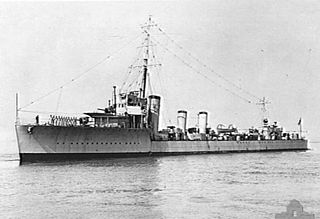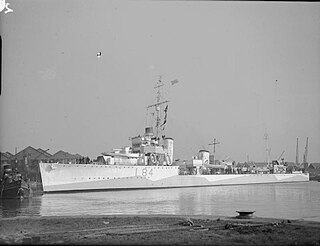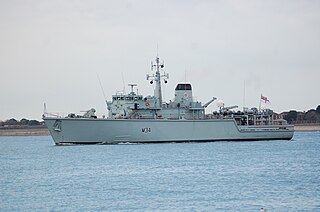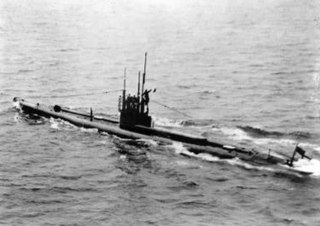Two ships of the Royal Navy have borne the name HMS Frobisher, after the Elizabethan explorer and adventurer Martin Frobisher:

The Royal Navy (RN) is the United Kingdom's naval warfare force. Although warships were used by the English kings from the early medieval period, the first major maritime engagements were fought in the Hundred Years War against the Kingdom of France. The modern Royal Navy traces its origins to the early 16th century; the oldest of the UK's armed services, it is known as the Senior Service.

Sir Martin Frobisher was an English seaman and privateer who made three voyages to the New World looking for the North-west Passage. He probably sighted Resolution Island near Labrador in north-eastern Canada, before entering Frobisher Bay and landing on present-day Baffin Island. On his second voyage, Frobisher found what he thought was gold ore and carried 200 tons of it home on three ships, where initial assaying determined it to be worth a profit of £5.2 per ton. Encouraged, Frobisher returned to Canada with an even larger fleet and dug several mines around Frobisher Bay. He carried 1,350 tons of the ore back to England, where, after years of smelting, it was realised that the ore was comparatively worthless iron pyrite. As an English privateer, he plundered riches from French ships. He was later knighted for his service in repelling the Spanish Armada in 1588.
- HMS Frobisher was renamed HMS Parker (1916) in 1915, before being launched the following year as an Improved Marksman-class destroyer leader.
- HMS Frobisher (D81) was a Hawkins-class heavy cruiser launched in 1920. She served in the Second World War and was broken up in 1949.

The Parker-class leaders or improved Marksman-class leaders were a class of six destroyer leaders built for the Royal Navy during 1916-17 for World War I service. They were named after famed historical naval leaders, except for Anzac, which was named to honour the Australian and New Zealand Army Corps, and was later transferred to the Royal Australian Navy. They were the last major Royal Navy warships to be ordered with three propeller shafts, a design that was never widely adopted in British warships.

HMS Frobisher was a Hawkins-class heavy cruiser of the Royal Navy. She was built at Devonport Dockyard and launched on 20 March 1920. She spent the majority of her career as a cadet training ship. She saw brief service during the Second World War being used for naval gunfire support. Following the war, the vessel was scrapped in 1949.

The Hawkins class was a class of five heavy cruisers of the Royal Navy designed in 1915 and constructed throughout the First World War. All ships were named after Elizabethan sea captains. The three ships remaining as cruisers in 1939 served in the Second World War, with Effingham being an early war loss through wreck; Raleigh had been lost in a similar shipwreck on uncharted rocks in 1922. Vindictive, though no longer a cruiser, also served throughout the War. This class formed the basis for the definition of the maximum cruiser type under the Washington Naval Treaty of 1922.
| This article includes a list of ships with the same or similar names. If an internal link for a specific ship led you here, you may wish to change the link to point directly to the intended ship article, if one exists. |









